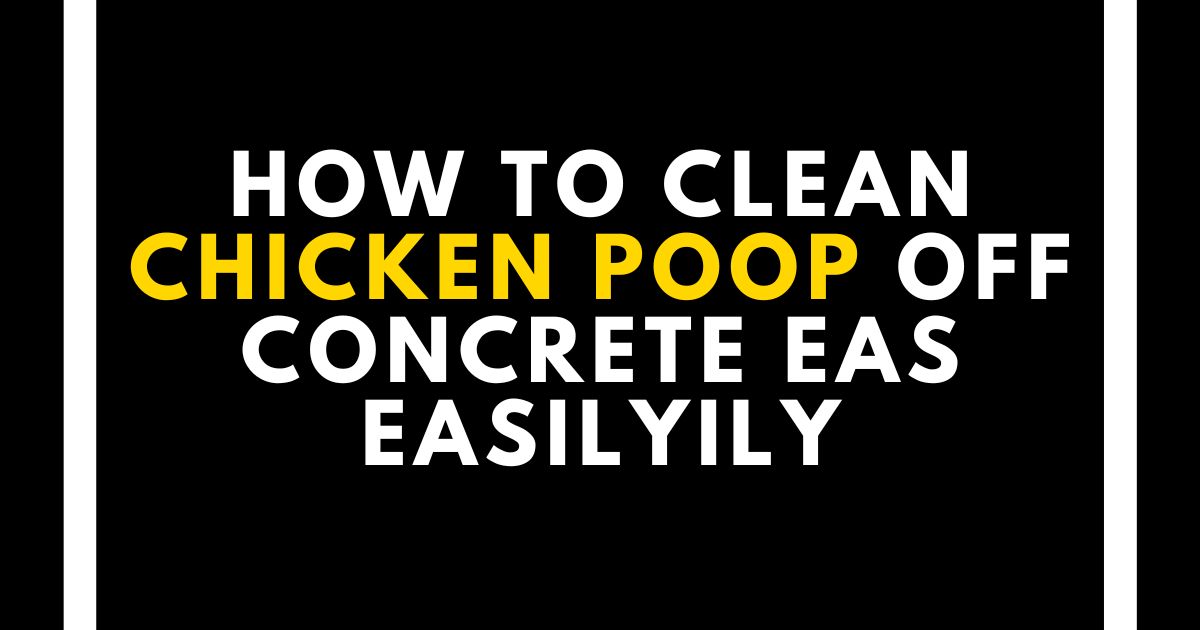When you find a puddle of water in your yard, it can be very annoying. Standing water not only causes discomfort to your feet and poses an obvious tripping hazard, but it could also be the breeding ground for mosquitoes.
And while some standing water can be removed by simply blowing it away or allowing the sun to evaporate it, other times you’ll need to follow up with a more practical solution.
So how do we stop this from happening?
What causes standing water in the yard
Standing water in your yard can be unsightly and potentially damaging to your home or property. Standing water is a breeding ground for mosquitoes and other insects, as well as disease-carrying bacteria.
There are several reasons why you might have standing water on your property, including:
Poorly draining soil
If you have poor drainage in your landscape, it’s going to get saturated with water and then it will pool up on top of that area where the ground is too wet to allow any more water to sink into it.
It causes the water to sit there for long periods which leads to root rot and other problems with the plants themselves.
Overwatering
Watering too often will cause standing water in your yard because it will not allow time for the excess water to evaporate through evapotranspiration, which occurs when water passes through plants and soil into the atmosphere.
Watering once or twice a week during dry spells should be enough to keep your lawn looking green and healthy without causing any damage.
Improper grading
If your yard has a slope, the ground can become very compact over time. This can cause water to collect at the bottom of your yard and form puddles.
The best way to fix this problem is by grading out your slope so that it slopes down toward a drain or water feature instead of toward your house.
Thatch and compaction
Thatch and compaction are also major culprits when it comes to improper drainage. The thatch layer on top of your soil acts as an insulator that prevents water from penetrating down into the earth where plants can absorb it.
Compaction can also prevent moisture from seeping through the soil, so instead of going down, rainwater runs off instead of soaking into the ground where it belongs.
Heavy Rain
Heavy rains also cause standing water in lawns. If you have poor drainage in your yard, water will not dissipate quickly and puddles will remain after a rainstorm.
This is especially common if your yard has no slope or if it slopes toward your house so that rainwater cannot drain away quickly enough.
How to remove standing water from yard
Re-grade
If your yard has a slope that’s causing water to pool, it’s time to get out the shovel and re-grade your yard. Make sure to slope the yard away from your house and toward a natural drain or low spot in your yard.
De-thatch
De-thatching should be done every year in most cases, especially if you have a lot of bare ground or mulch. Thatch is plant matter that builds up on the surface of the soil over time and prevents proper drainage.
When this occurs, it can create an environment where weeds thrive and cause more problems than they solve. If you have excessive thatch buildup already, you may consider having a lawn service come out to de-thatch your lawn for you.
Aerate your lawn
Aerating removes plugs of soil from the ground that allow water to drain through more easily. To do this, rent an aerator from a local home improvement store or borrow one from a friend who has one already.
Then, simply drive over your lawn until the holes are 2 inches deep and 2 inches apart, if you’re not sure what it should look like after you’ve finished aerating, put down some masking tape first so it will be easy to see where you need to drive next time around.
Give your soil a boost
The first thing you should do before putting in any new landscaping or installing a home’s foundation is to test the soil for compaction. If you’ve been building on top of compacted soil, it may have become difficult for water to drain through it.
This can lead to standing water in your yard even when it rains only lightly. To remedy this problem, dig down into the soil at least 6 inches deep and break up any hardpan that may be present.
Find the hardpan
Even if there isn’t any hardpan in your yard, check around for signs that there might be some nearby. Digging up your lawn will expose any roots in the ground so they can be removed easily later on if needed.
In addition, digging holes in your yard can help determine where exactly standing water is coming from so you can better address it.
Extend downspouts
A downspout is a pipe that carries rainwater from your roof to the ground. It should be at least 3 feet from the foundation of your house and 10 feet away from any windows or doors.
If you don’t have enough space for a downspout near your foundation, extend it to another location on your property. This will help keep the area around the house dryer and reduce how much water goes into the ground.
Raise the soil
If you have a large area of flatland, raising the soil around it will help reduce flooding and make it easier for water to drain away. Raising soil could also help prevent erosion if there are any steep slopes nearby.
If you plan on having trees or other plants planted in your garden, consider planting them closer to the edges so they don’t compete with each other for nutrients and sunlight.
Install a French drain
A French drain is an underground trench filled with gravel that allows water to seep into the ground instead of pooling up on top of it. French drains work best when installed at least 6 inches below ground level, so they need to be dug into the existing soil before installation begins.
Create a dry creek
A dry creek is an artificial channel that runs along the edge of your property and collects runoff from rainstorms and snow melts.
The channel creates a path for runoff so that it flows away from your home without causing damage on its way out of your yard.
Health Risks of Standing Water in the Yard
Standing water in a yard can indeed pose several health risks, primarily due to the growth of mold, bacteria, vermin, and algae. Here’s an overview of these potential health hazards:
- Mold: Standing water creates a moist environment that is conducive to mold growth. Mold releases spores into the air, which can be inhaled and cause respiratory issues, allergies, and asthma symptoms. Prolonged exposure to mold spores may even lead to more severe health problems.
- Bacteria: Stagnant water serves as an ideal breeding ground for various types of bacteria. Harmful bacteria like E. coli, Salmonella, and Leptospira can thrive in standing water. These bacteria can cause gastrointestinal infections, skin infections, and other illnesses if ingested or come into contact with open wounds.
- Vermin: Standing water attracts pests such as mosquitoes, which lay their eggs in stagnant water. Mosquitoes are known carriers of diseases such as dengue fever, Zika virus, and West Nile virus. Additionally, other insects like flies and gnats can also breed in standing water, potentially spreading diseases and causing annoyance.
- Algae: Algae growth is common in stagnant water, particularly if it receives sunlight. Certain types of algae, such as blue-green algae or cyanobacteria, can produce toxins known as cyanotoxins. Exposure to these toxins through ingestion, inhalation, or skin contact can lead to symptoms like nausea, vomiting, skin rashes, respiratory irritation, and in severe cases, liver damage or neurological problems.
Final Thoughts
Now that you have read the tips from our experts, you can get started with your own yard cleanup. It does take a bit of work, but the results are worth it in the end.

